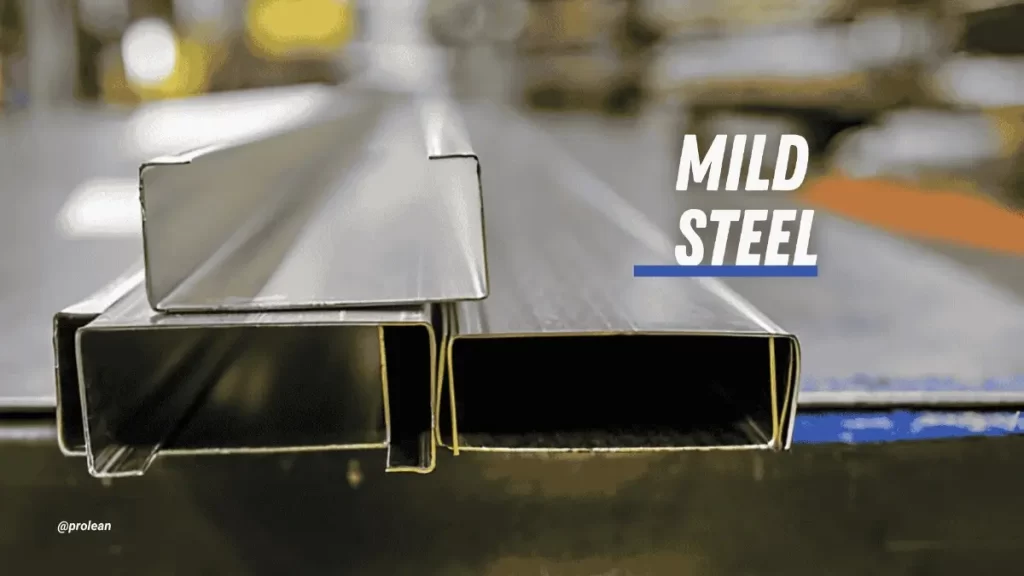
Mild Steel
Mild steel machining has many uses across modern industries. It’s easy to machine, shape, and weld using standard tools. This makes it a right fit for high-volume or cost-sensitive projects.
You can find its extensive use in building, transport, and manufacturing. Its low carbon content improves weldability and keeps its cost down and reasonable. This balance of strength and flexibility suits both structural and everyday parts. This guide will take you through mild steel, how it is made, its grades, applications, and properties of mild steel. So, keep on reading.
What Is Mild Steel?
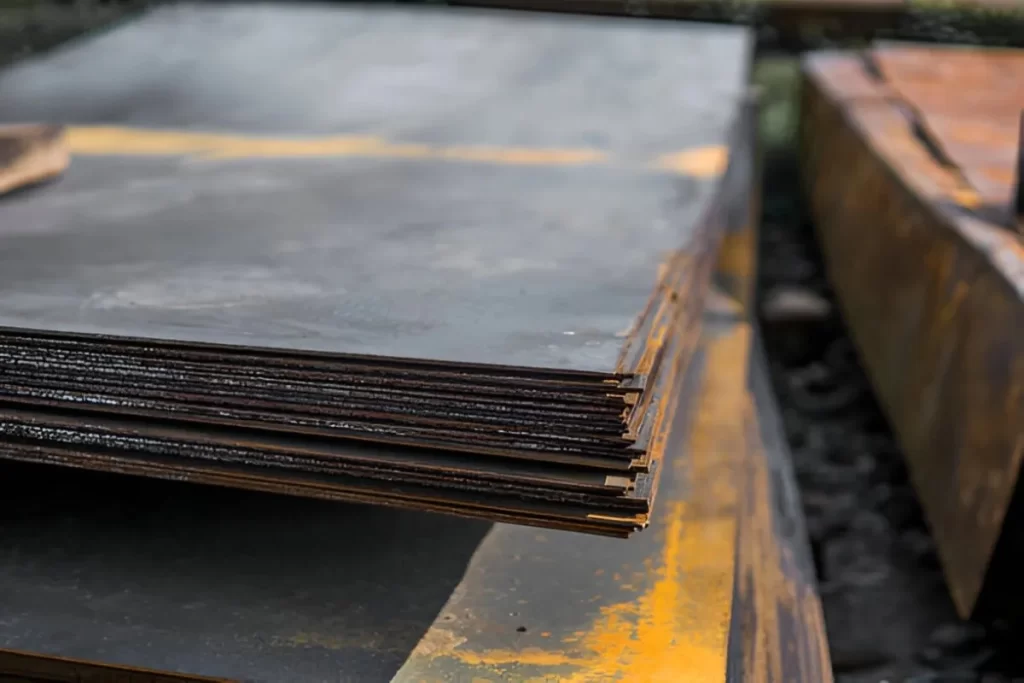
Mild Steel Plates
Mild steel or low-carbon steel has up to 0.25% carbon. It may contain other elements in small quantities. However, carbon is the main participant in its composition. The higher the carbon content, the stronger it gets, but less flexible.
Mild steel grades range in a combination of strength and ductility. Manufacturers sometimes add manganese to improve its wear or tensile strength. This is aimed at making the material unique in different applications.
Mild steel has its AISI code. These grades typically begin with 10 and go down by small numbers, less than 20. The value indicates the carbon as a percentage in hundreds.
The variety of applications of mild steel is vast. They are used in car panels, furniture, wire, rebar, and fasteners. In tanks and other structural construction, its stronger grades are adopted.
How Is Mild Steel Made?
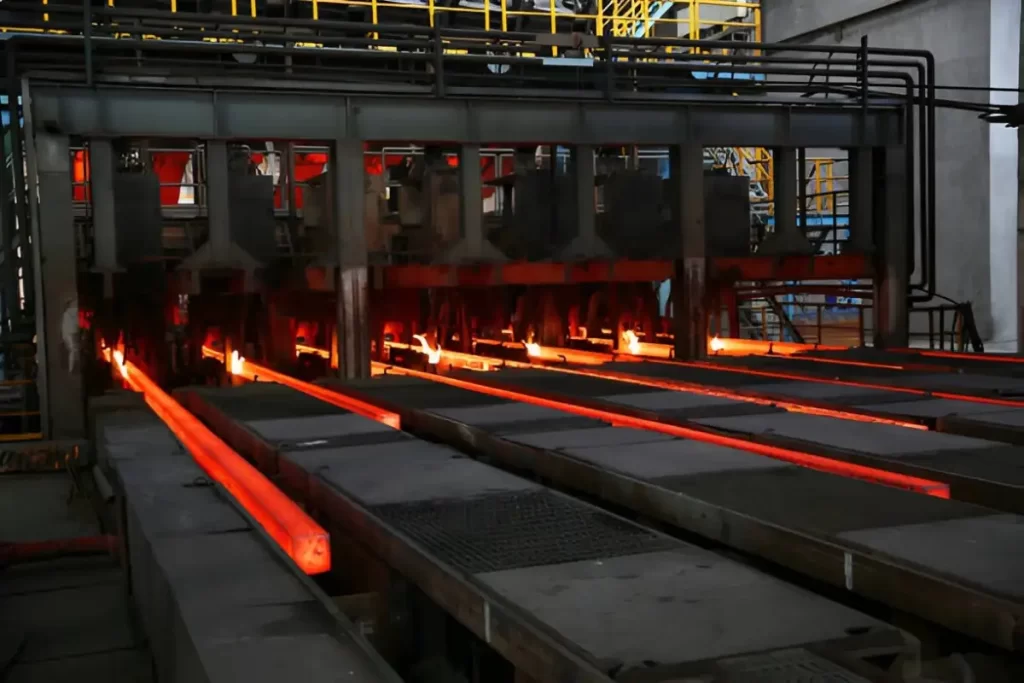
Industrial Mild Steel Preparation
- Step 1: Collection of raw materials: The raw materials used in mild steel include high-quality iron ore and coal.
- Step 2: Smelting in a Blast Furnace: Furnace: Iron ore is smelted with coke to produce pig iron. Later, it is refined in a Basic Oxygen Furnace (BOF) or Electric Arc Furnace (EAF) to remove excess carbon and create mild steel. The process is used for melting iron and separating it from impurities like slag.
- Step 3: Cleaning of the Molten Steel: The molten iron is passed into another furnace. Here, the impurities like sulfur and phosphorus are washed away. An alloying element, such as manganese, can be incorporated in this phase to reinforce mechanical properties further.
- Step 4: Casting into Steel Slabs: The refined molten steel is then poured into molds to solidify it to form steel slabs. These slabs become raw materials for further processing.
- Step 5: Rolling and Shaping: Next, the steel slabs are rolled and shaped to the desired size. It is done either by hot rolling or cold rolling, depending on the product type and desired surface finish. This process makes thickness and surface finish according to industry needs. Additionally, case hardening is often applied to mild steel after shaping. This makes the surface harder and more wear-resistant.
Grades of Mild Steel
The commonly available mild steel sheet grades are given below;
1008
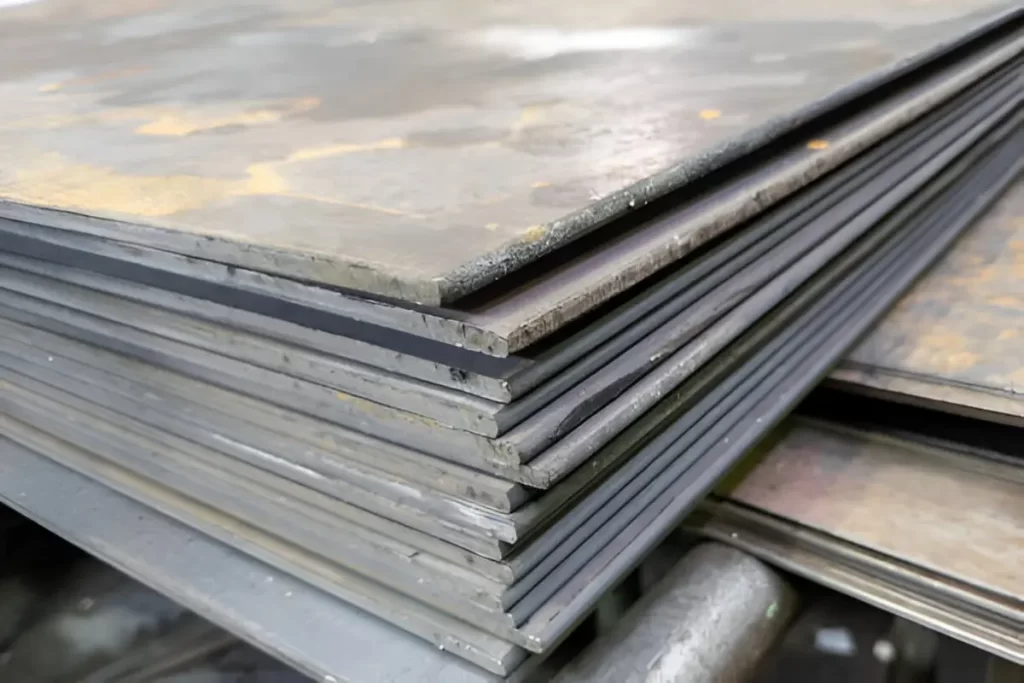
AISI SAE 1008
- Equivalent: DIN 1.0204
- Features: Excellent cold formability
1010
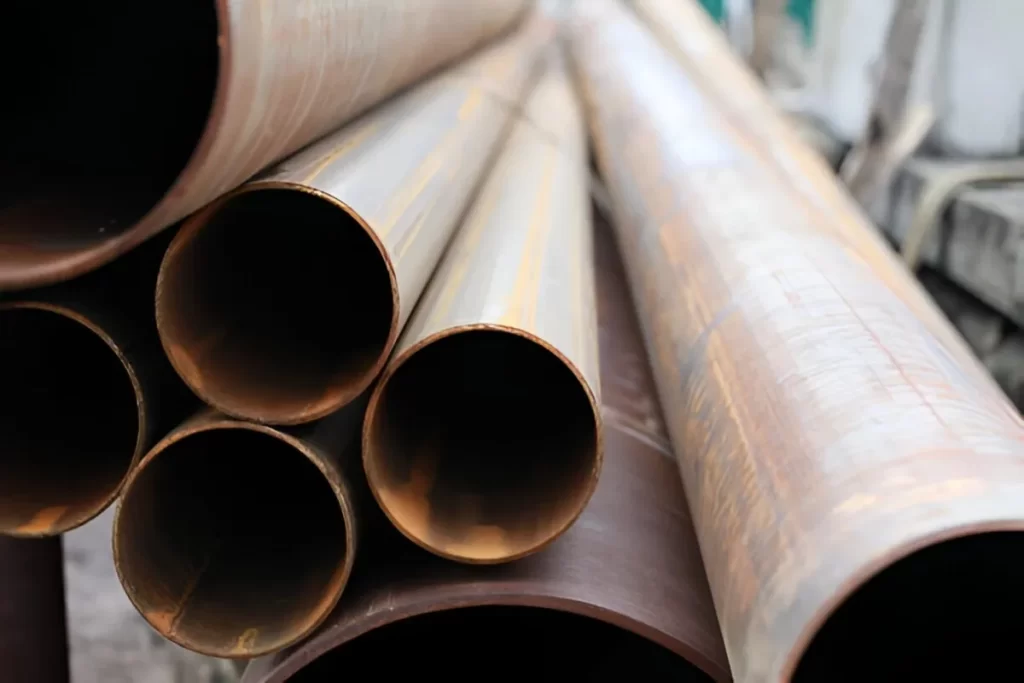
1010 Steel Pipes
- Equivalent: DIN 1.0301
- Features: Low strength, commonly used for magnet cores
1015
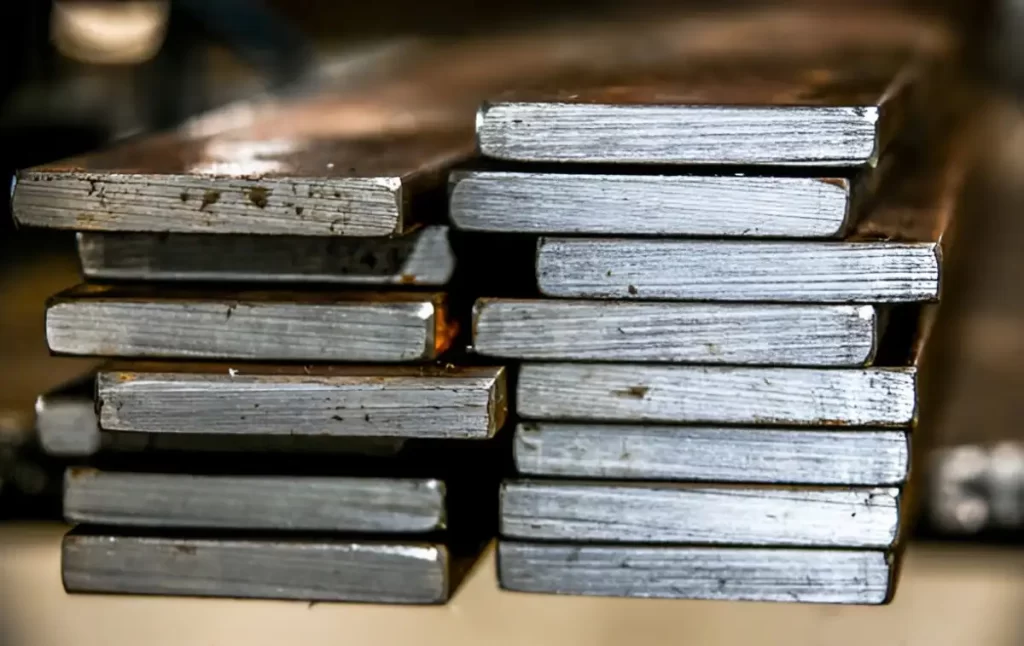
Processed 1015 steel plates
- Equivalent: DIN 1.0401
- Features: Moderate strength, good machinability; commonly used for cold-formed components.
1018
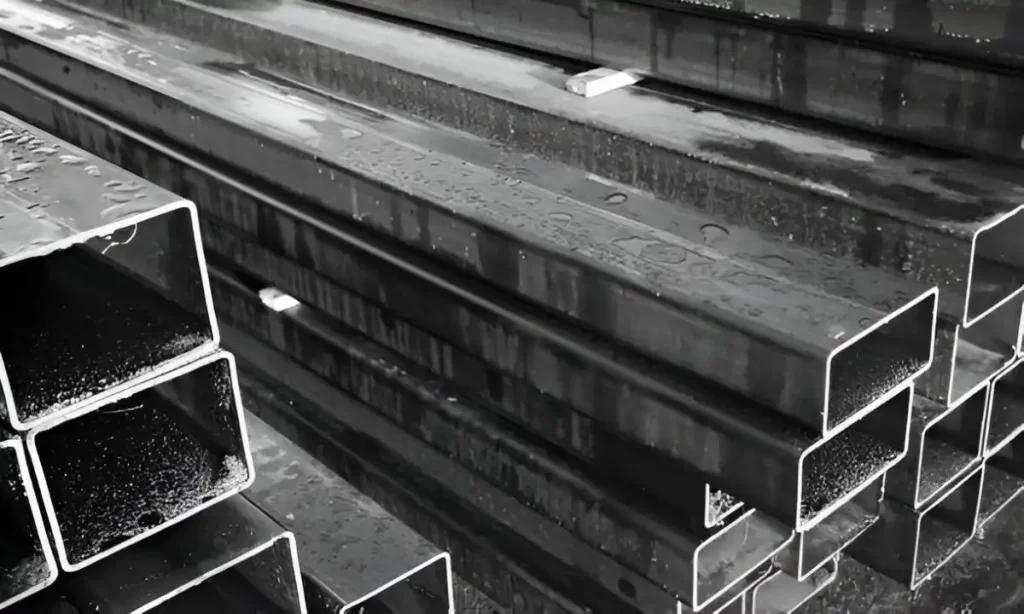
Stack of rolled Mild Steel 1018
- Equivalent: DIN 1.0419
- Features: Ideal for carburizing, offers good machinability
1020
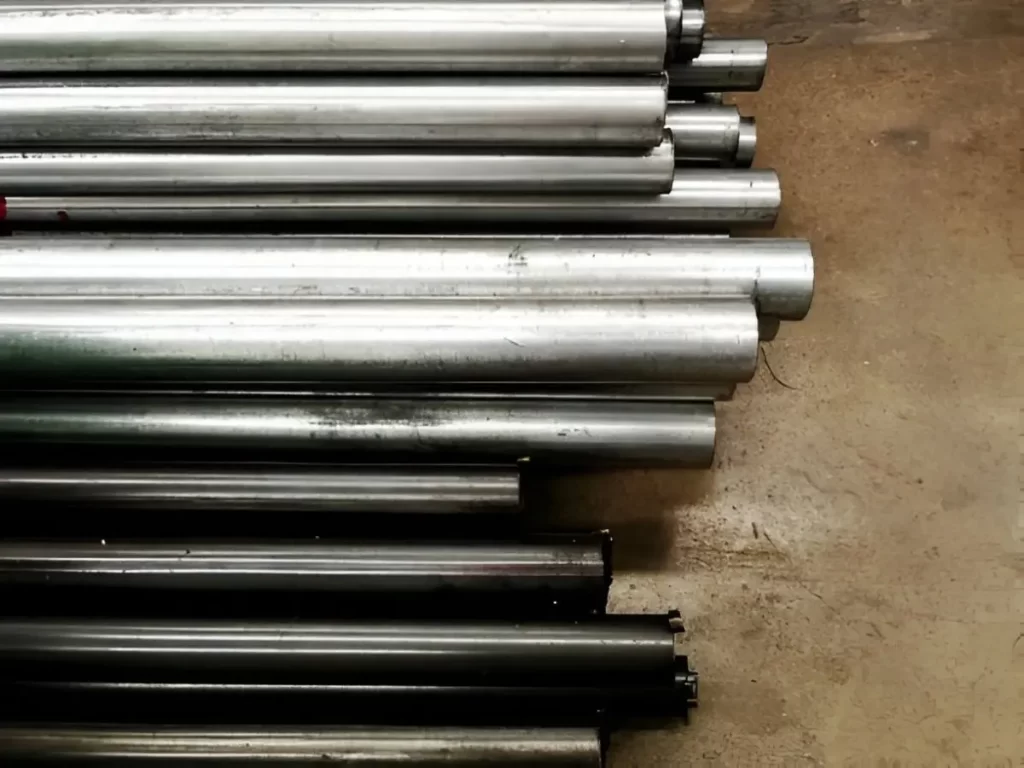
1020 Steel Pipes
- Equivalent: DIN 1.0044
- Features: Balanced strength and ductility
Properties of Common Mild Steel Grades
Mild steel alloy varies in composition and mechanical properties. Below is a summary of key properties for frequently used mild steel types.
| Grade | Key Composition (% C, Mn, P, S) | Modulus of Elasticity (GPa) | Hardness (HB) | Tensile Strength (MPa) | Yield point of mild steel grade (MPa) | Elongation (%) | Density (kg/m³) |
| AISI 1008 | C <0.1, Mn 0.3-0.5, P 0.04, S 0.05 | 200 | 95 | 340 | 285 | 20 | 7,870 |
| AISI 1010 | C 0.08-0.13, Mn 0.3-0.6, P 0.04, S 0.05 | 205 | 105 | 365 | 305 | 20 | 7,870 |
| AISI 1015 | C 0.13-0.18, Mn 0.3-0.6, P 0.04, S 0.05 | 205 | 111 | 385 | 325 | 18 | 7,870 |
| AISI 1018 | C 0.14-0.2, Mn 0.6-0.9, P 0.04, S 0.05 | 205 | 126 | 440 | 370 | 15 | 7,870 |
| AISI 1020 | C 0.17-0.23, Mn 0.3-0.6, P 0.04, S 0.05 | ~ 205 | 121 | 420 | 350 | 15 | 7,870 |
| S275 J0 | C 0.18, Mn 1.5, P 0.03, S 0.03 | 205 | 121 | 430–580 | 275 | 21 | 7,850 |
| S355 J0 | C 0.2, Mn 1.6, P 0.03, S 0.03 | 210 | 146 | 510–680 | 355 | 20 | 7,800 |
Applications of Mild Steel
Mild steel is widely used in many industries due to its strength, low cost, and availability. Here are common uses:
Construction
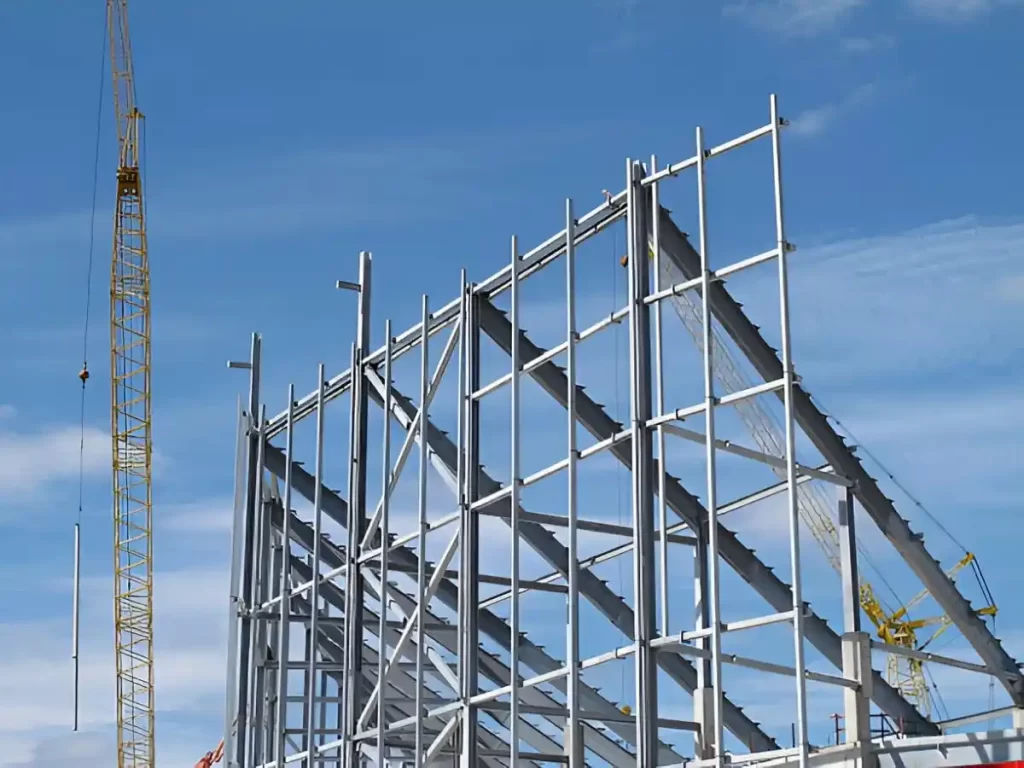
Mild Steel In Construction
Mild steel is used in making the frames, beams, and columns. It is strong, can be easily welded, and fits safety requirements. Additionally, it is a good choice for large projects such as buildings and bridges due to its price.
Machinery and Cars
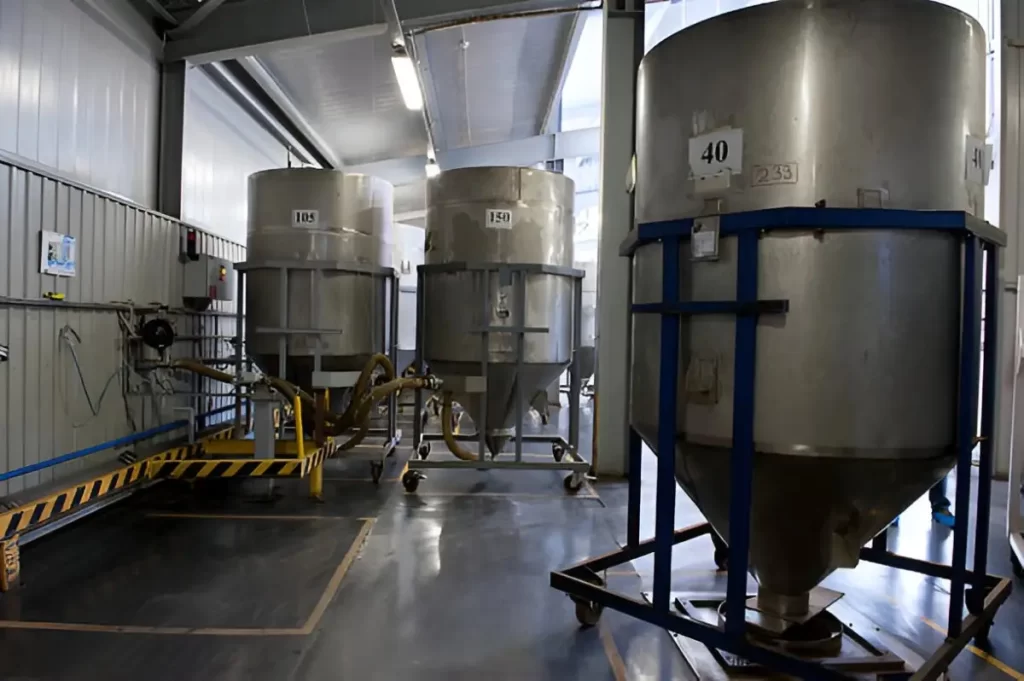
Mild Steel Industrial Tanks
Machine parts and vehicle frames are commonly made of mild steel, as it is compatible with cutting, welding, and coating. It is durable, easy to process, and suits many industrial and automotive parts.
Pipelines and Poles
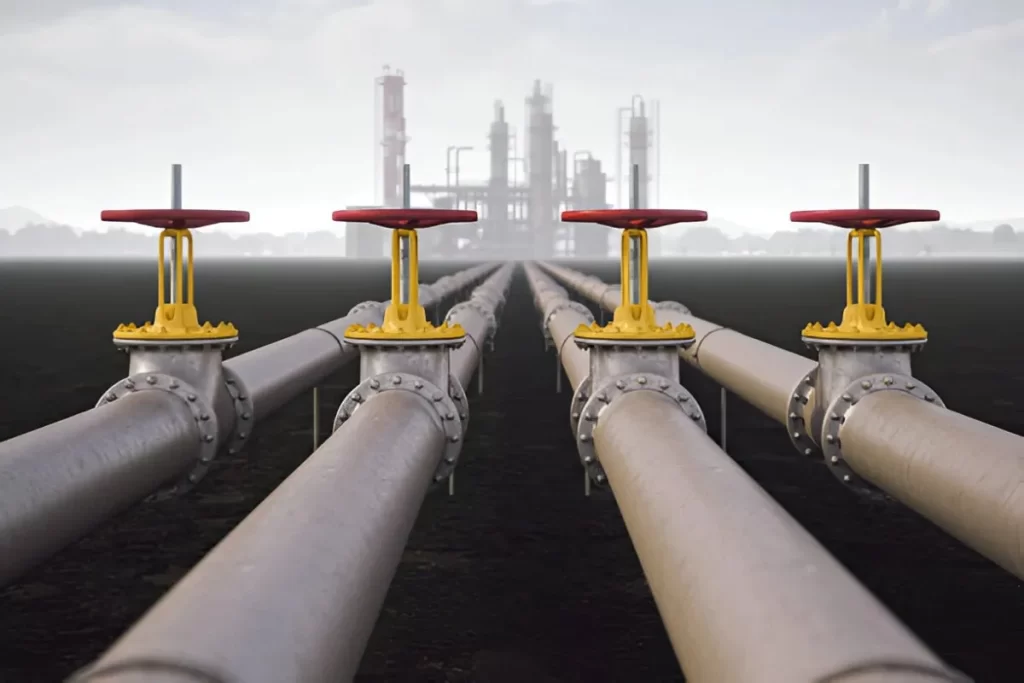
Oil and Gas Steel Pipelines
Mild steel is pliant and is not sensitive to changes in temperature. So, it is applied in pipelines and utility poles, which must withstand demanding conditions. Welding provides strength and safety for the connections. (See more about metal strength in our latest guide.)
Cutery & Cookware
Mild steel is occasionally used in cookware like woks or griddles. It needs to be seasoned to resist corrosion. However, it is not commonly used for utensils or dinnerware due to corrosion concerns.
Fencing
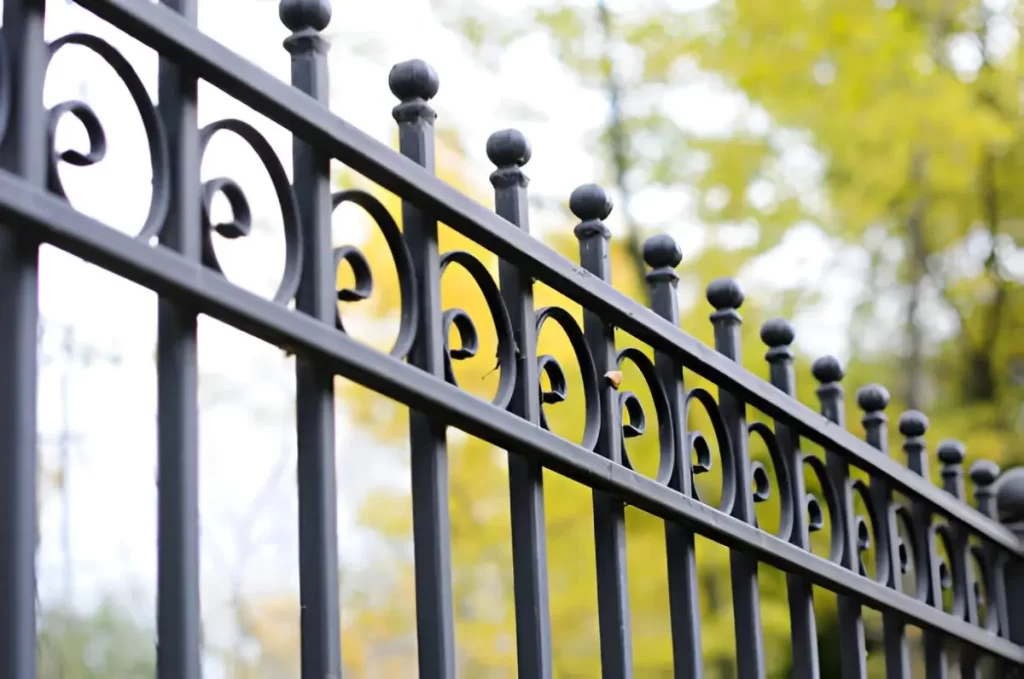
Steel Fencing
Mild steel can easily be molded. Hence, it is ideal for use in fences. It is regularly covered or galvanized to prevent rust. This makes fences look attractive, and they last many years.
Key Takeaways
Mild steel is a low-carbon steel that is easy to weld and machine. It is used all over because it is sturdy and affordable.
Making mild steel entails melting, refining, and shaping to suit particular needs. It is commonly used in construction, machinery, automobile parts, pipelines, cookware, and fencing.
Prolean Tech specializes in custom steel machining and other diverse range of materials. Our solutions are guaranteed to be accurate, trustworthy, and economical for your projects, whether you need a few parts or require batch-scale production.
Contact Prolean Tech today to get a quote and discuss your machining needs.
FAQ’s
Q1: What Is Mild Steel?
Mild steel is a low-carbon steel. It contains up to 0.25% carbon. On top, you can easily machine, form, and weld it.
Q2: What Is the Difference Between Steel and Mild Steel?
Steel is a broad term for iron-carbon alloys. Mild steel is a type with low carbon content. It is softer, more ductile, and easier to shape than high-carbon steels.
Q3: Is Mild Steel Stronger Than Steel?
No, mild steel is not stronger than all steels. In fact, high-carbon and alloy steels are much more resilient. However, mild steel is relatively favoured due to its low cost.
Q4: Does Mild Steel Rust Easily?
Yes, mild steel corrodes quickly if it is not coated well. It reacts with moisture and oxygen in the air. This causes surface corrosion over time.
Q5: How Do You Prevent Mild Steel from Rusting?
You can prevent corrosion on mild steel with surface coatings. Use paint, powder coating, or galvanising. Besides, if it is kept in dry environments, it can be saved from rusting.
Q6: Is 1018 steel Considered Mild Steel?
Yes, 1018 is a standard grade of mild steel. It gives good strength, machinability, and surface finish. It’s widely used in shafts, pins, and structural parts.

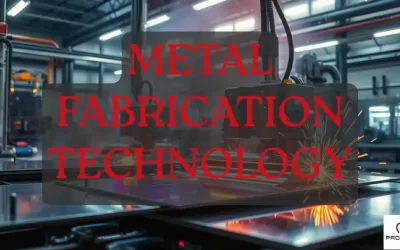
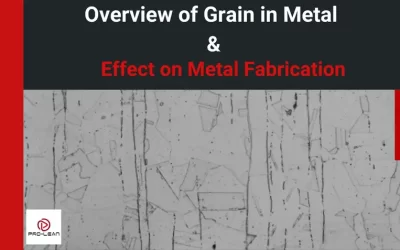
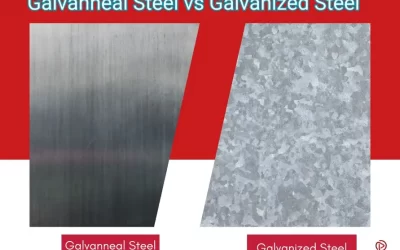
0 Comments